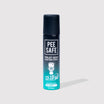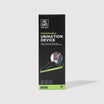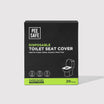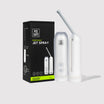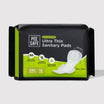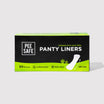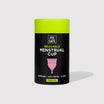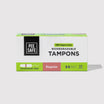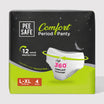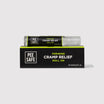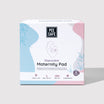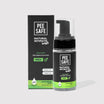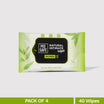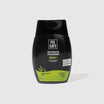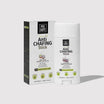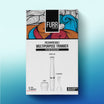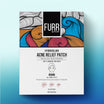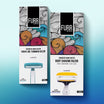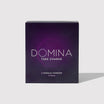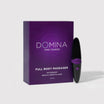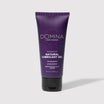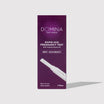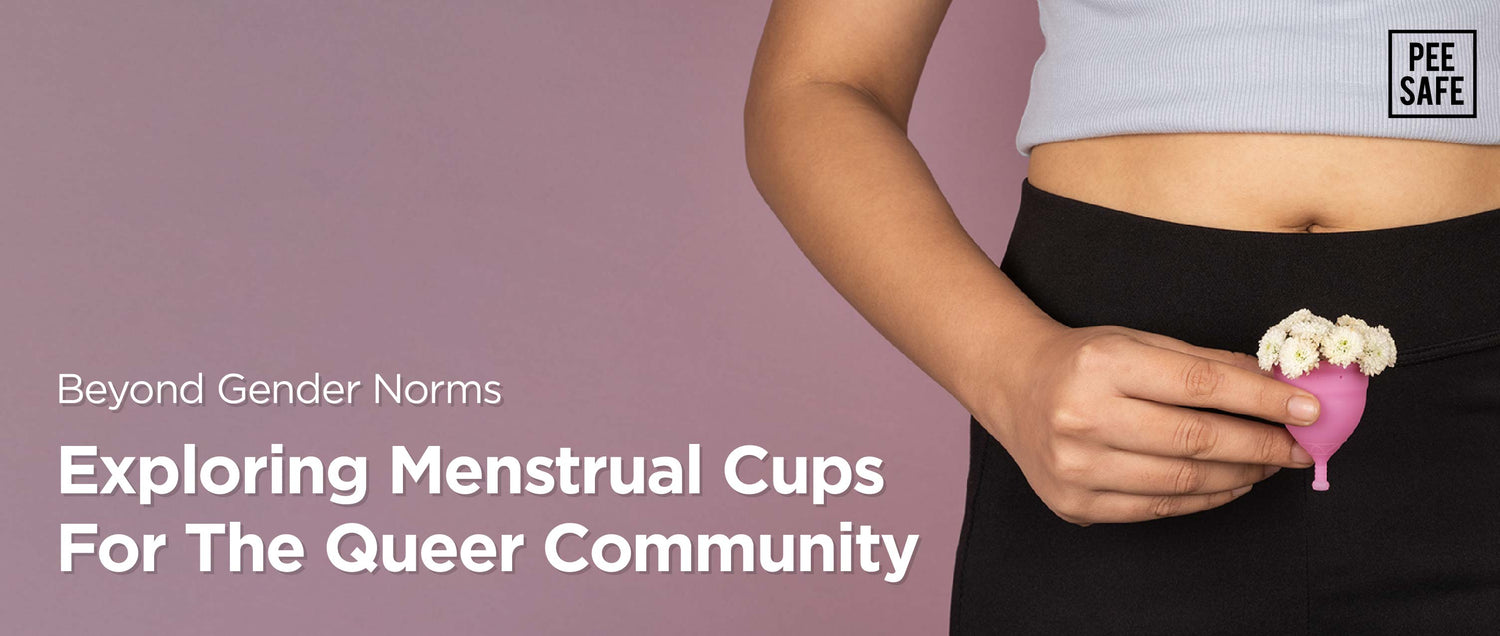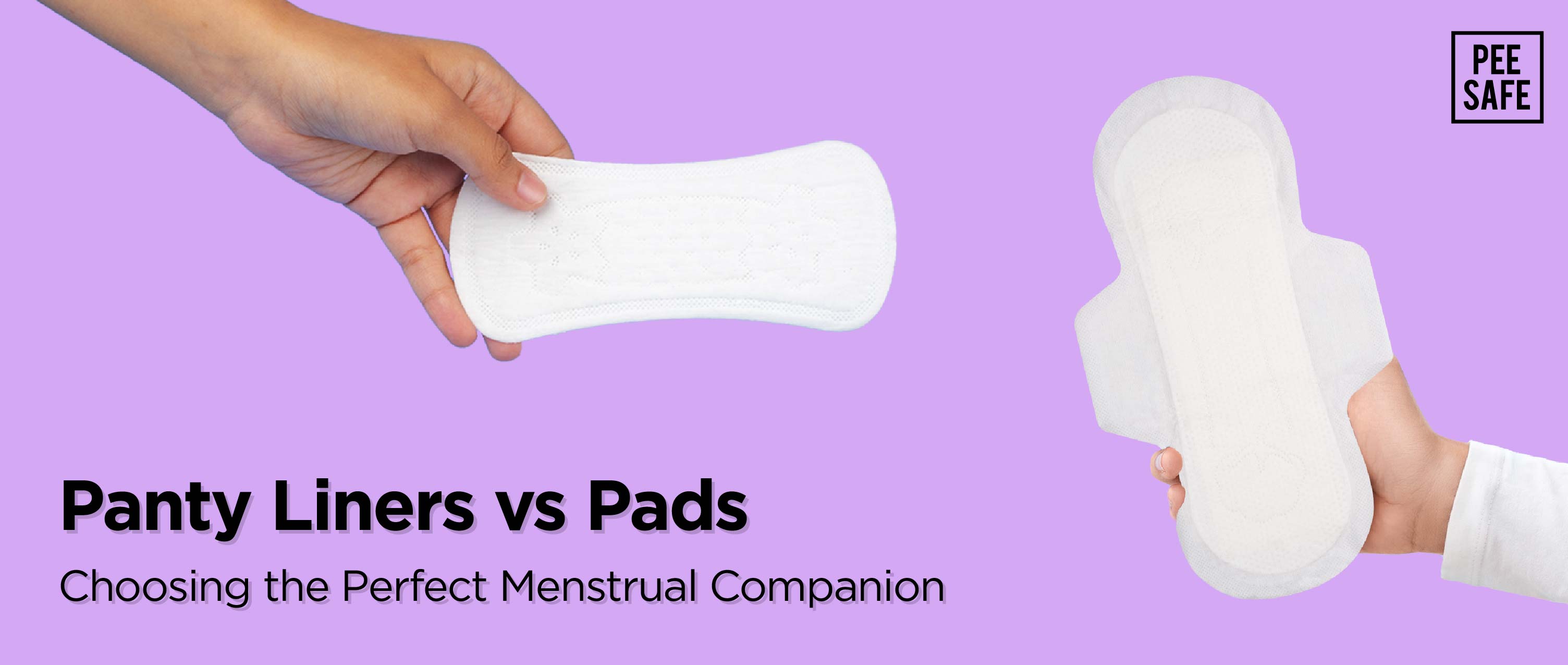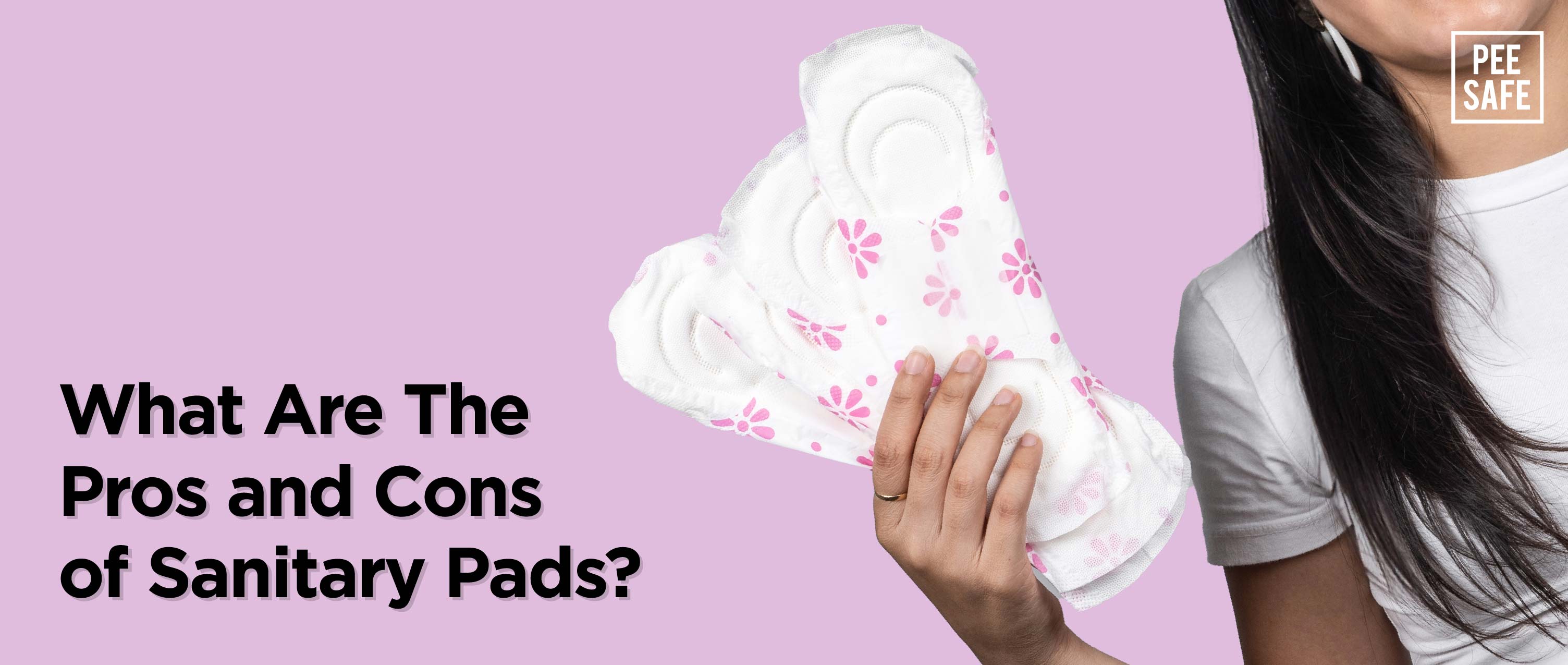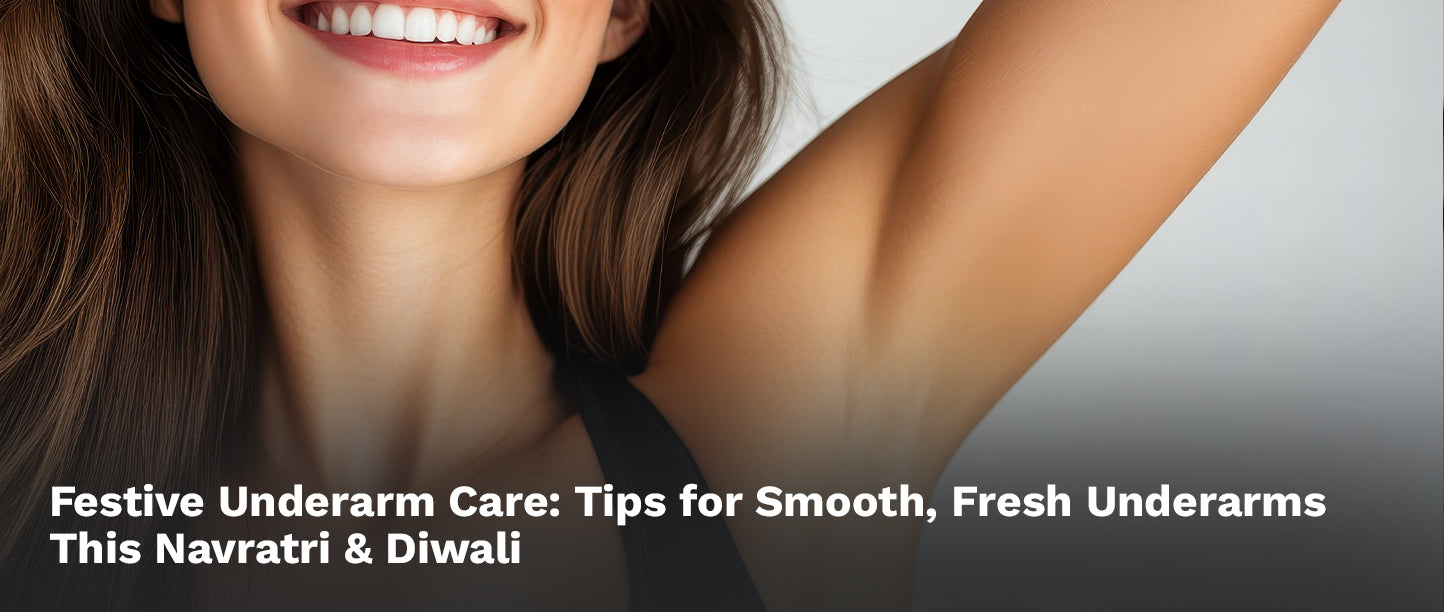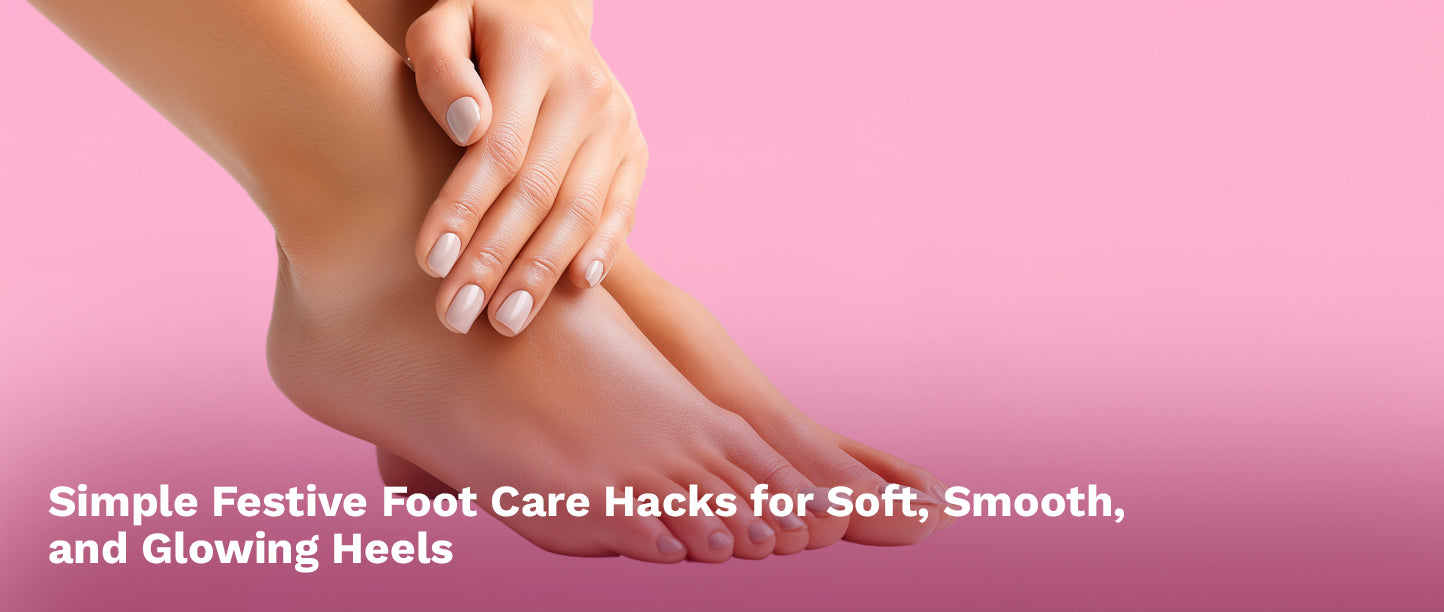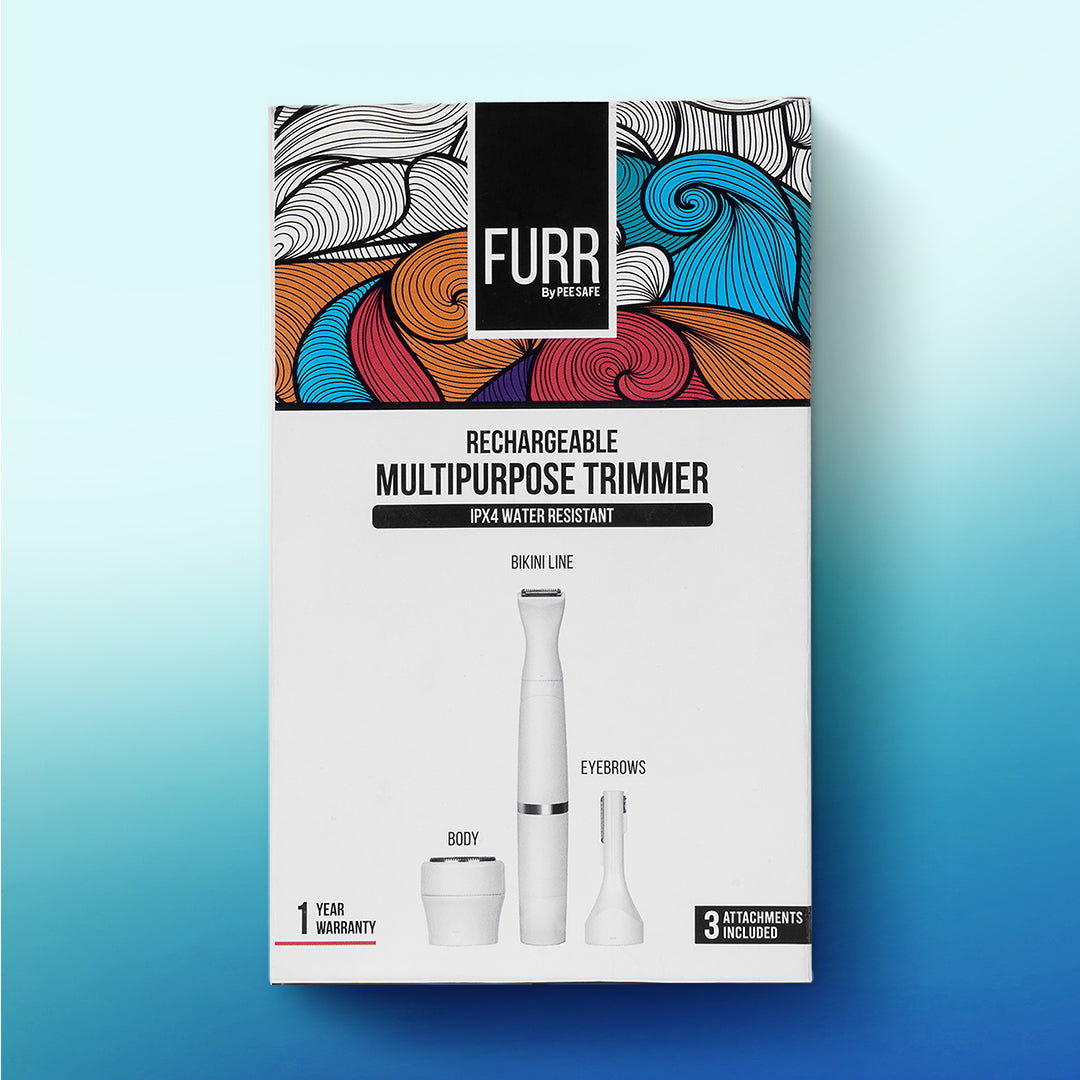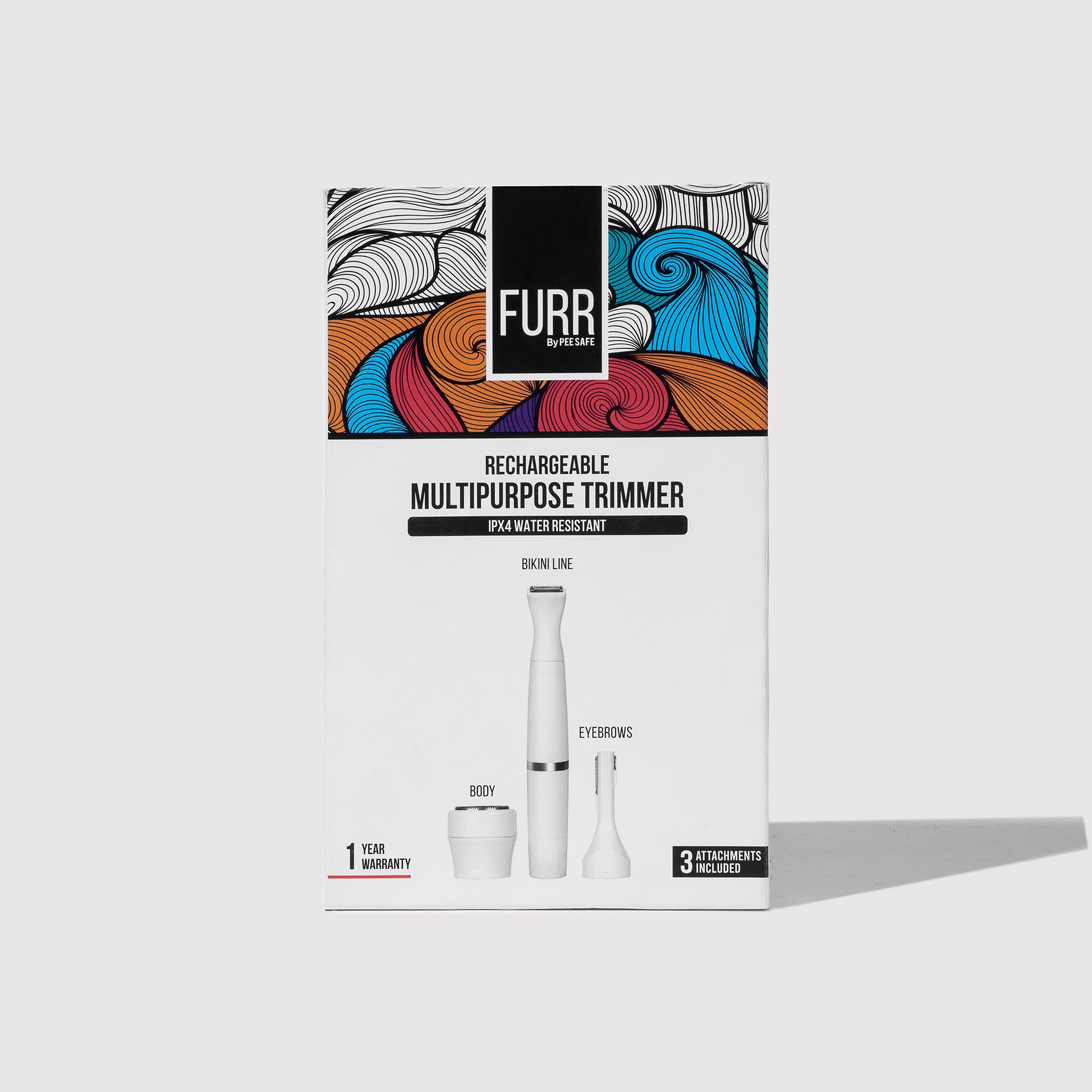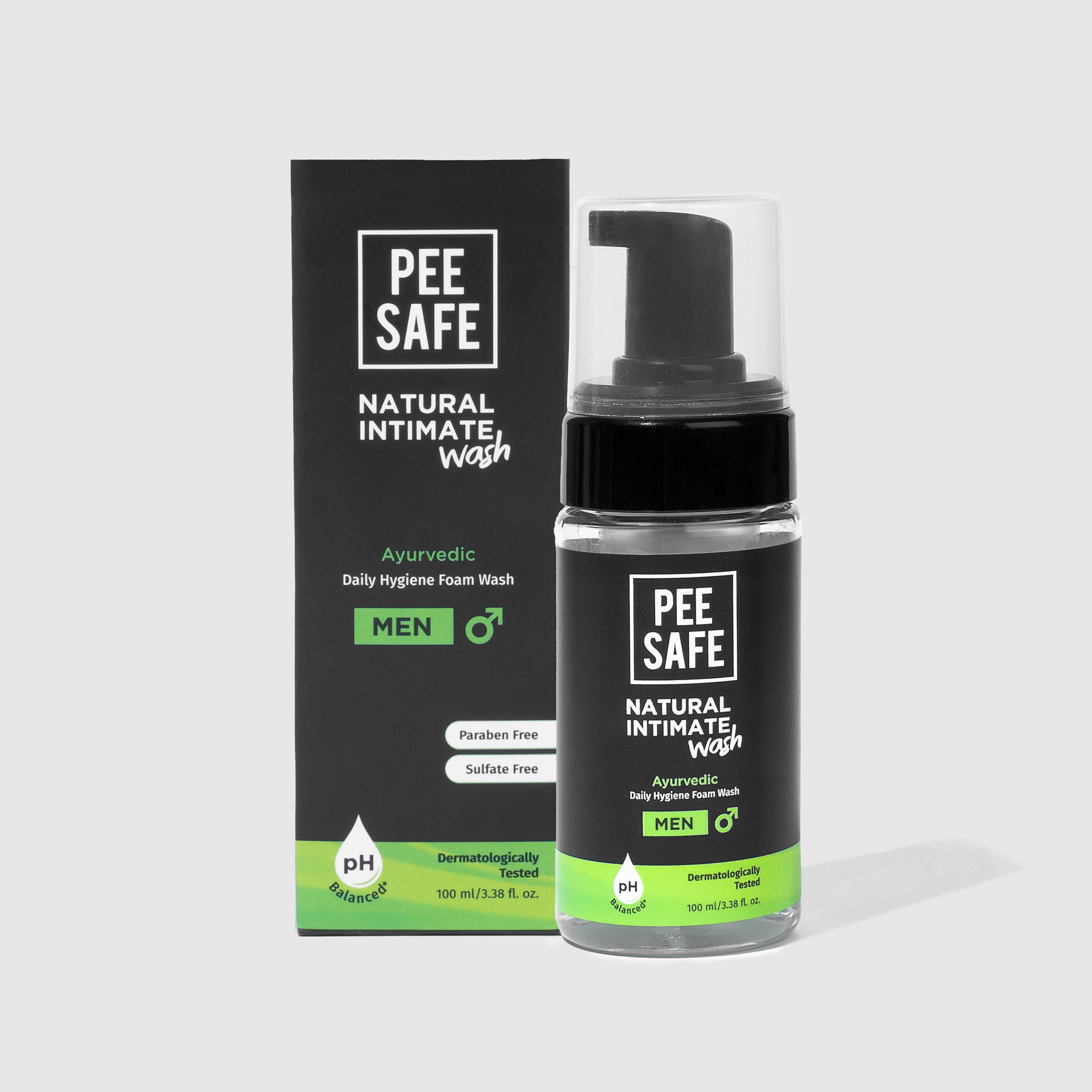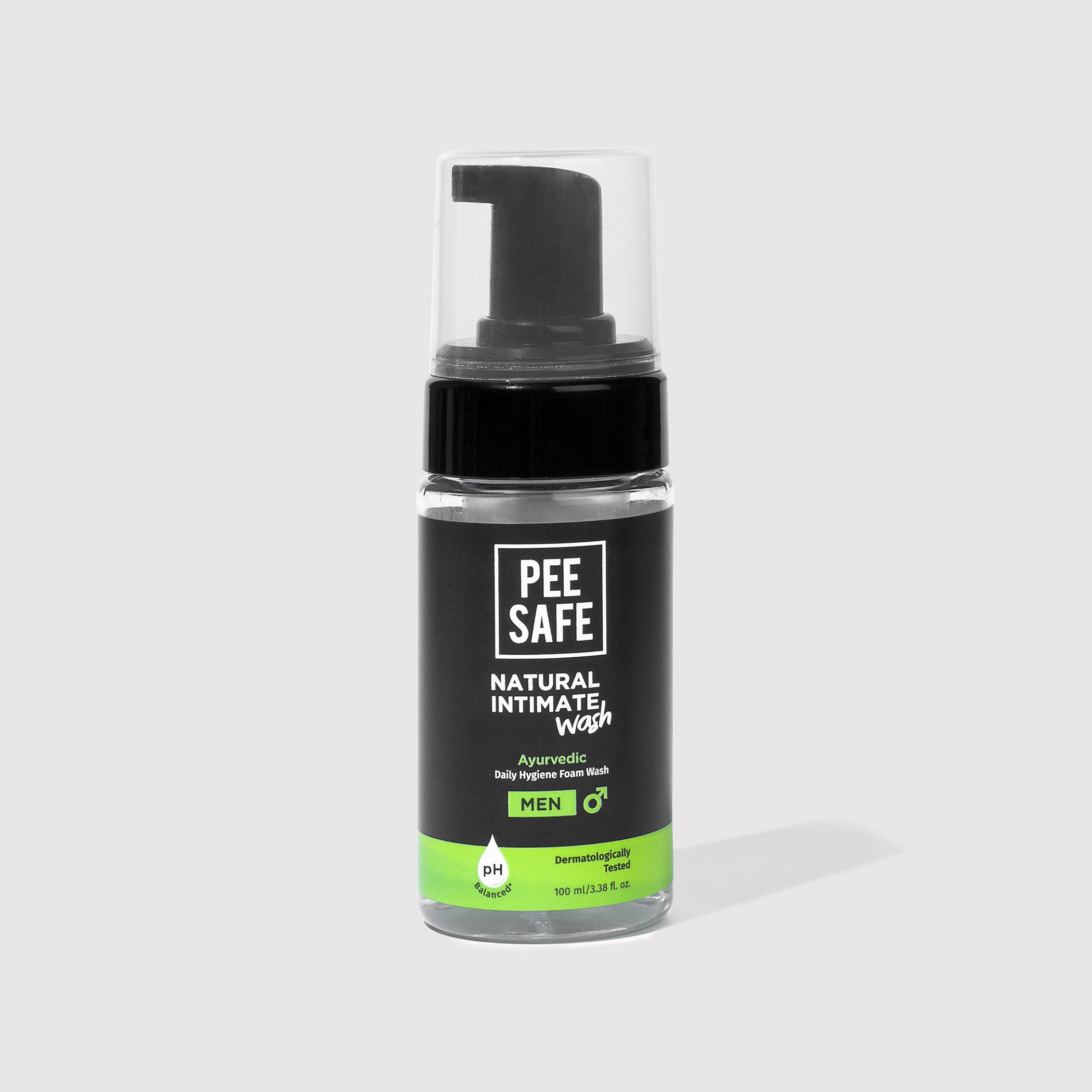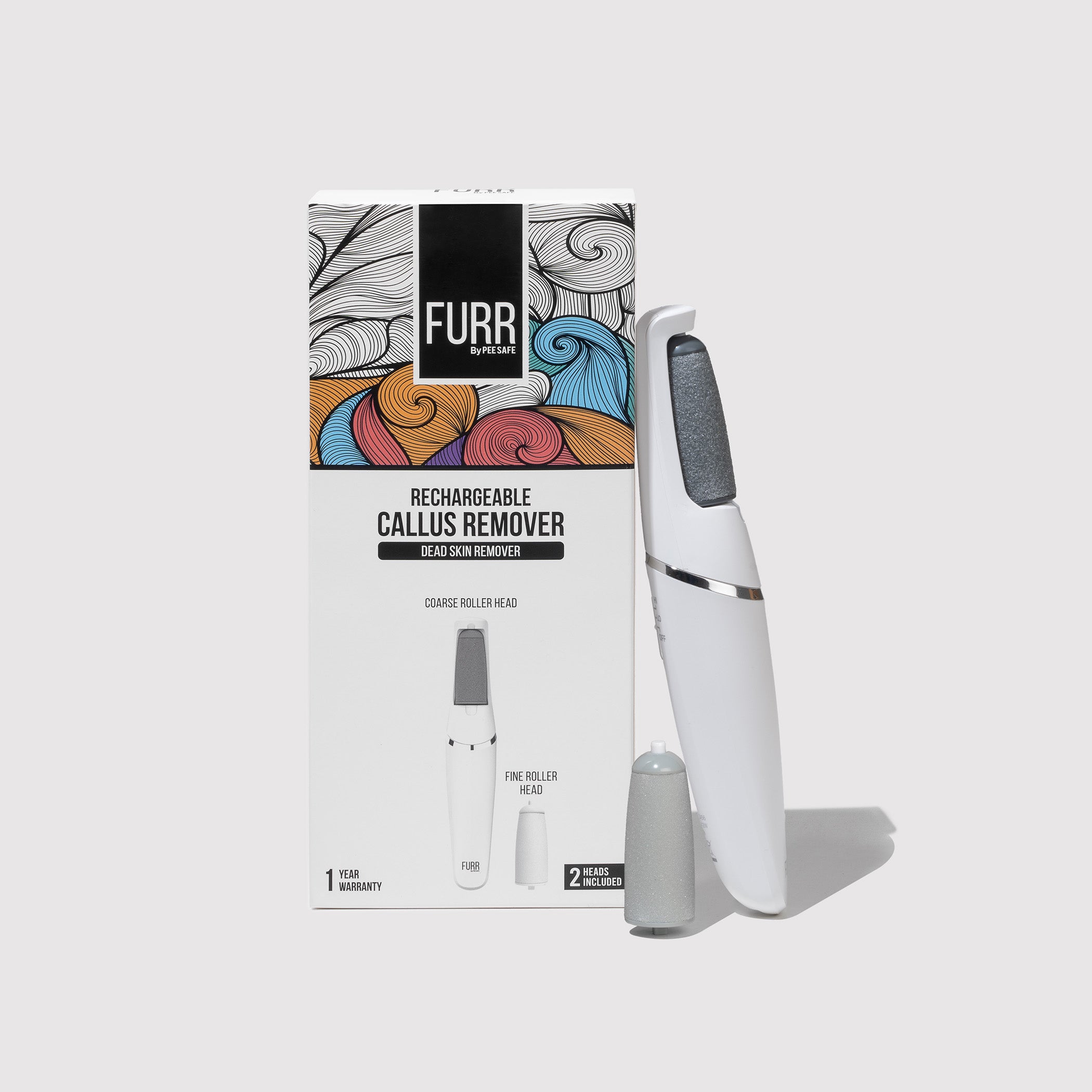Menstruation is a natural biological process generally associated with cis-gendered women but is something that many individuals experience, regardless of their gender identity or sexual orientation. They often face challenges while accessing appropriate healthcare and hygiene products. This is particularly the case with transgender men, non-binary individuals, and gender-queer individuals.
Menstrual products like pads and tampons were designed keeping in mind the needs of cis-gendered women but recently the usage of menstrual cups have increased and it has emerged as a gender-neutral, inclusive, and sustainable option for everyone who menstruates.
The experience of using traditional menstrual products, which are predominantly marketed towards cis-gendered women, can be dysphoric and uncomfortable for them.
Menstrual cups have gained popularity as an economic, sustainable, and more inclusive alternative to traditional menstrual products such as pads and tampons. They can be worn for up to 12 hours and can last for up to 5 years with proper management and care.
Menstrual cups have proven beneficial for the community in several prominent ways. They offer inclusivity, gender affirmation, comfort, and discretion.
Breaking free from gender stereotypes
Gender identity is an extremely personal topic and many queer individuals may or may not conform to the traditional gender norms. Menstrual cups offer a gender-neutral option that transcends stereotypes, focusing on individual comfort and choice. They are designed to accommodate a diverse range of bodies, regardless of their gender identities. This inclusivity fosters a sense of acceptance and allows individuals to embrace their bodies and menstrual cycles on their own terms.
Affirming Transgender And Non-Binary Individuals
Transgender and non-binary individuals may experience unique challenges when it comes to menstruation. For some, menstruation can trigger feelings of gender dysphoria and discomfort. Menstrual cups provide an option that allows people to have more control over their menstrual flow management while at the same time, helping minimize dysphoria triggers.
Promoting Sustainability And Cost-Effectiveness
In addition to the inclusivity assistance they offer, the menstrual cup also contributes to a more sustainable and environmentally friendly approach towards menstruation as traditional menstrual products generate significant amounts of waste which in turn contribute to environmental degradation. Menstrual cups are reusable and can be used for up to 5 years with proper management and care.
For queer individuals who may face higher healthcare costs or financial burdens due to several reasons, menstrual cups offer a cost-effective alternative that promotes economic stability and empowerment.
Enhancing Accessibility And Availability
In many parts of the world, menstrual hygiene products are expensive or difficult to obtain, making it challenging for individuals to manage their periods. Menstrual cups provide a reusable and long-lasting solution to this problem. For queer individuals living in regions with limited to no access to menstrual products, the usage of menstrual cups can be a game-changer.
Conclusion
Menstrual cups offer a revolutionary approach towards menstruation that embraces inclusivity, choice, and empowerment not just for women all around the world, but also queer individuals. By challenging traditional gender norms and offering a gender-neutral alternative, menstrual cups provide a comfortable and gender-affirming option for people with diverse gender identities.
As we strive for a more inclusive and accepting society, it is crucial to recognize the needs and experiences of the queer community in all aspects of life, a big part of which is menstrual health. By encompassing menstrual cups as an inclusive solution, we can promote the well-being and dignity of all menstruating individuals, regardless of their gender identity and sexual orientation.
-
✍️ This article was curated by Kanchan Kapoor

